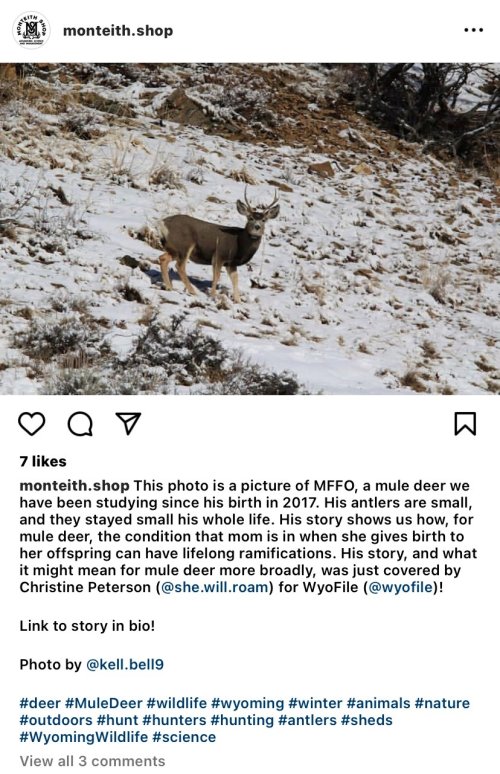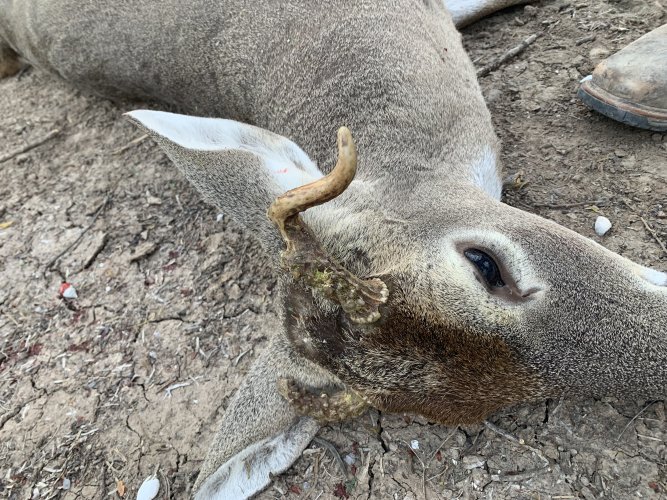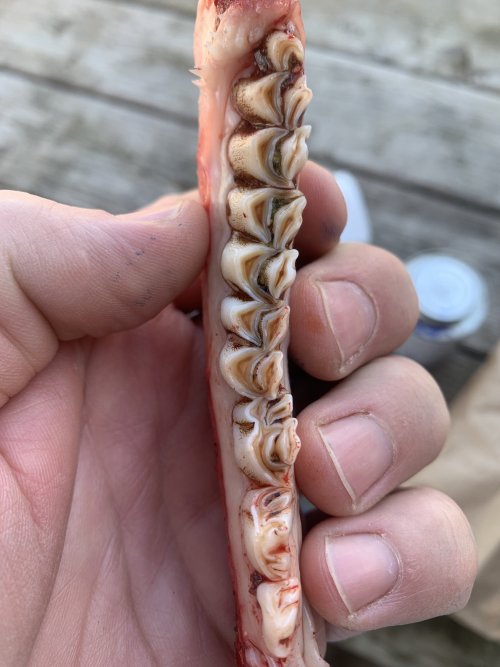Came across this on the gram and found it pretty interesting.
We've all heard some old timer spout off "once a spike always a spike" at some point in our lives and either laughed or snarled at them in response. More recently, there has been much evidence to disprove that theory. Typically the reference is made in regards to genetics being the major factor, but not overall health of the deer. This article was pretty interesting to me, and touches more on the role a mother's health plays in to the health of the fawn. It seems as though the old timers maybe stumbled into being (partially) correct on this.
Link to article ->Study: Deer’s lifelong fate is affected by mother’s health at birth

We've all heard some old timer spout off "once a spike always a spike" at some point in our lives and either laughed or snarled at them in response. More recently, there has been much evidence to disprove that theory. Typically the reference is made in regards to genetics being the major factor, but not overall health of the deer. This article was pretty interesting to me, and touches more on the role a mother's health plays in to the health of the fawn. It seems as though the old timers maybe stumbled into being (partially) correct on this.
Link to article ->Study: Deer’s lifelong fate is affected by mother’s health at birth







